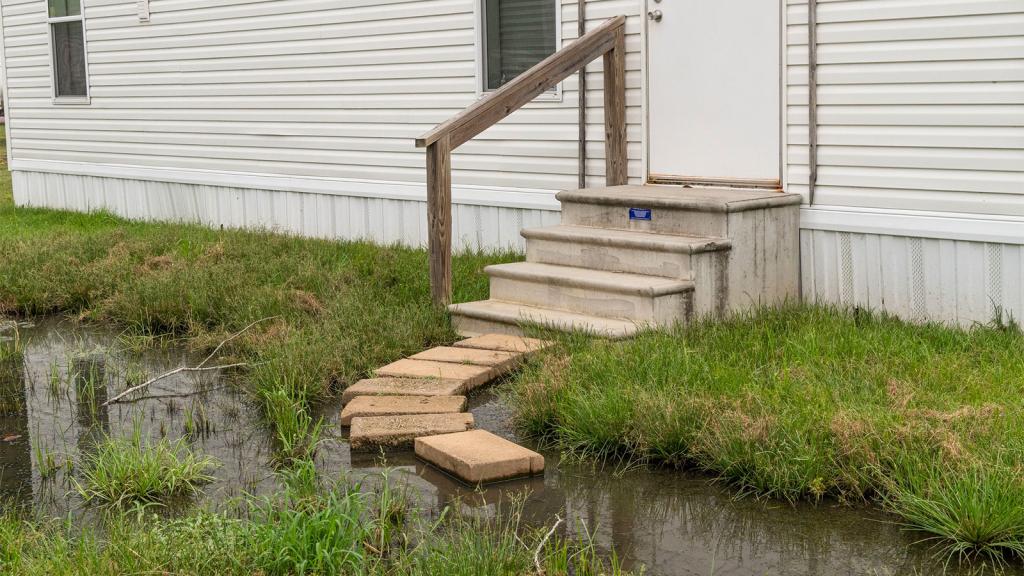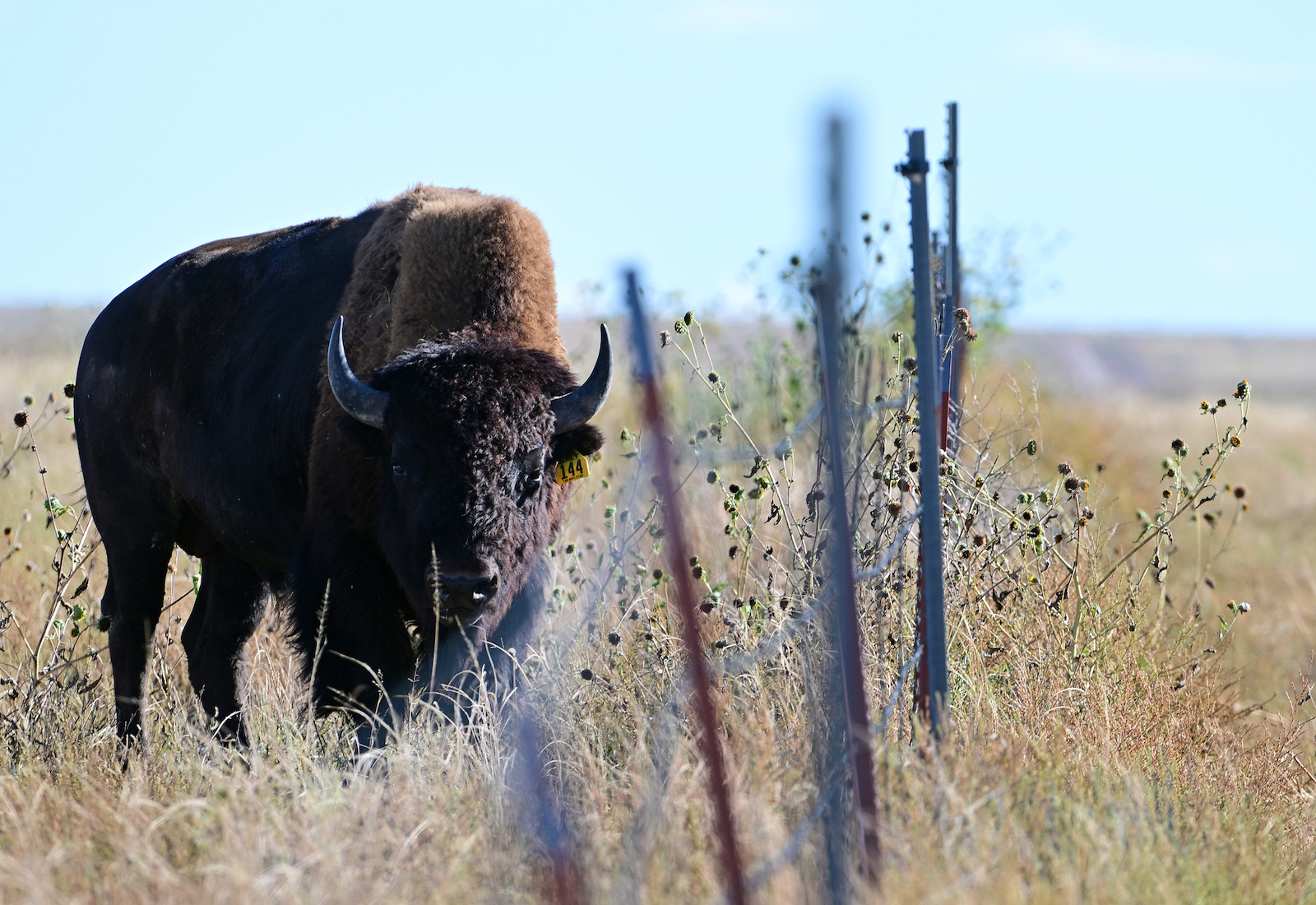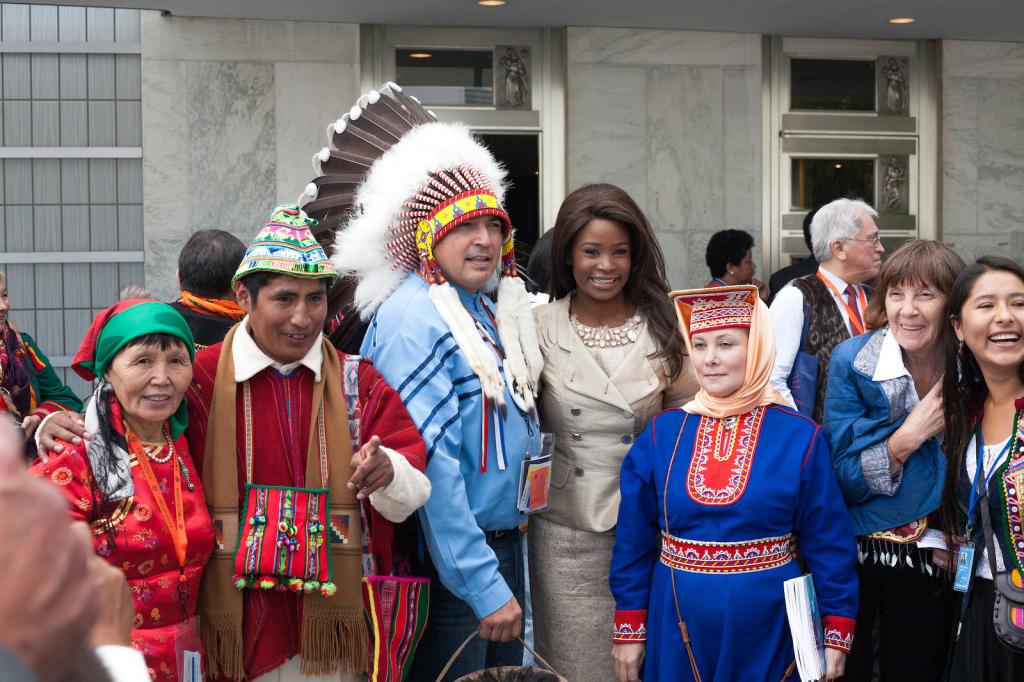The United States government is redoubling its efforts to restore bison populations to Native American lands.
Interior Secretary Deb Haaland released an order last week establishing a six-member federal working group on American bison restoration. The group, which will be composed of representatives from five federal agencies and one tribal leader, is charged with creating a “shared stewardship plan” by the end of the year to increase bison populations on lands managed by the federal government and tribal nations.
“The American bison is inextricably intertwined with Indigenous culture, grassland ecology, and American history,” Haaland said in a statement. Her agency also announced some $25 million from President Joe Biden’s landmark climate spending bill for bison conservation. Among other projects, the money will support native plant restoration and prescribed burns — controlled fires that are lit intentionally to make landscapes more resistant to runaway wildfires.
Haaland’s order is part of a century-long effort to bring bison back from the brink of extinction. Before European colonizers arrived in North America, bison numbered in the tens of millions, but they were decimated in the 1800s by hunting and a U.S. policy of extermination designed to deprive tribes of a critical food source. One American colonel is said to have told his troops in 1867: “Kill every buffalo you can! Every buffalo dead is an Indian gone.”
Bisons’ near-extinction also degraded grassland ecosystems, contributing to the Dust Bowl of the 1930s — an environmental catastrophe in which severe dust storms swept across the southern plains and caused widespread crop failure. Conservation efforts since then have helped grow bison numbers from a low of less than 500, but their population in the wild is still only a tiny fraction of the roughly 60 million it once was. In its announcement of the new restoration plan, the Interior Department said bison remain “functionally extinct.”
To bring more bison back, the Interior Department’s order calls for conservation based on the best available science as well as Indigenous knowledge and management techniques. It’s one of several recent actions from the Biden administration to prioritize Indigenous culture and expertise, including new consultation requirements for federal agencies whose policies could impact tribes. At a summit last fall, the Biden administration announced new guidelines for federal agencies to recognize and include Indigenous knowledge in their research and decision-making, as well as new efforts to revitalize Native languages.
The bison initiative could cause a clash with lawmakers in places like Montana, where Republicans — supported by ranchers — have opposed calls for bison restoration. Tribal members, however, have cheered the Interior Department’s efforts. “The buffalo has just as long a connection to Indigenous people as we have to it,” Troy Heinert, director of the InterTribal Buffalo Council and a member of the Rosebud Sioux Tribe, told the Associated Press. “They are not just a number or a commodity; this is returning a relative to its rightful place.”
Environmental advocates also applauded the initiative as a climate solution: By stomping the soil with their hooves, bison help push native grasses’ seeds into the ground, breaking up the soil to make way for new growth. Their manure also serves as a natural fertilizer, fostering healthy grasslands that sequester carbon dioxide.



